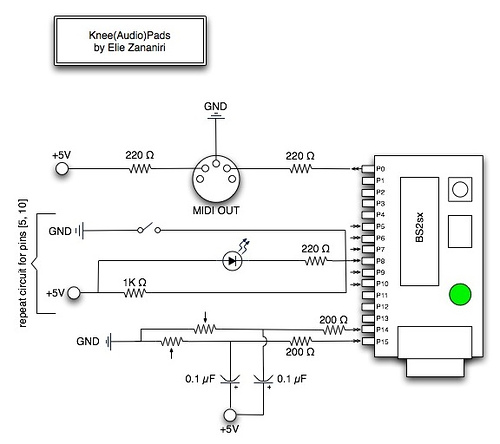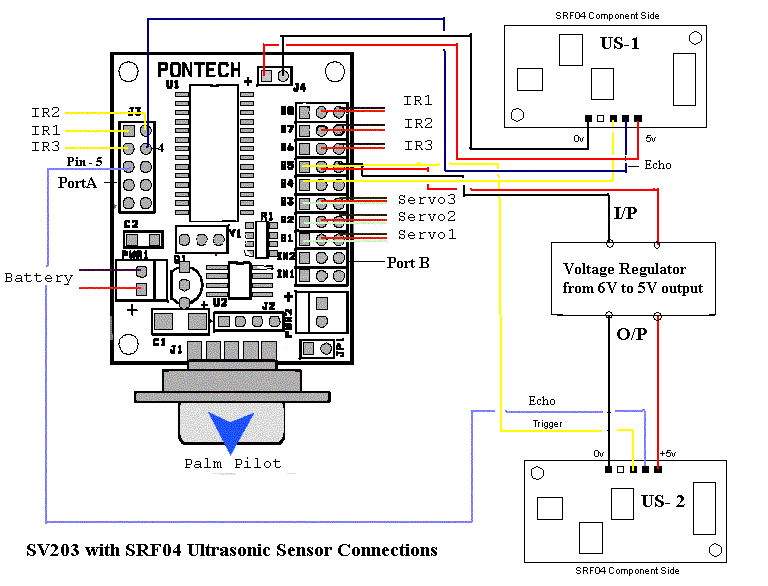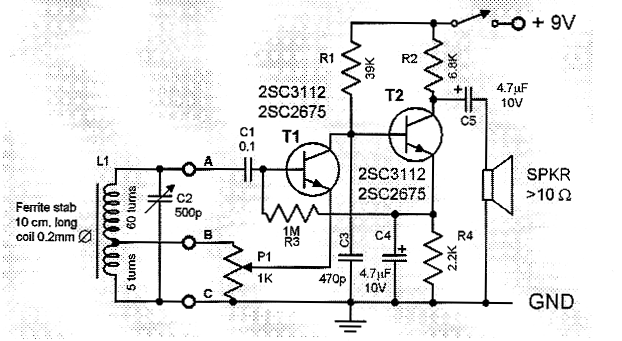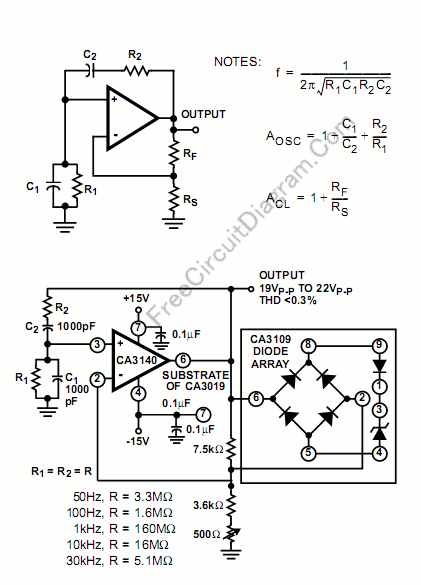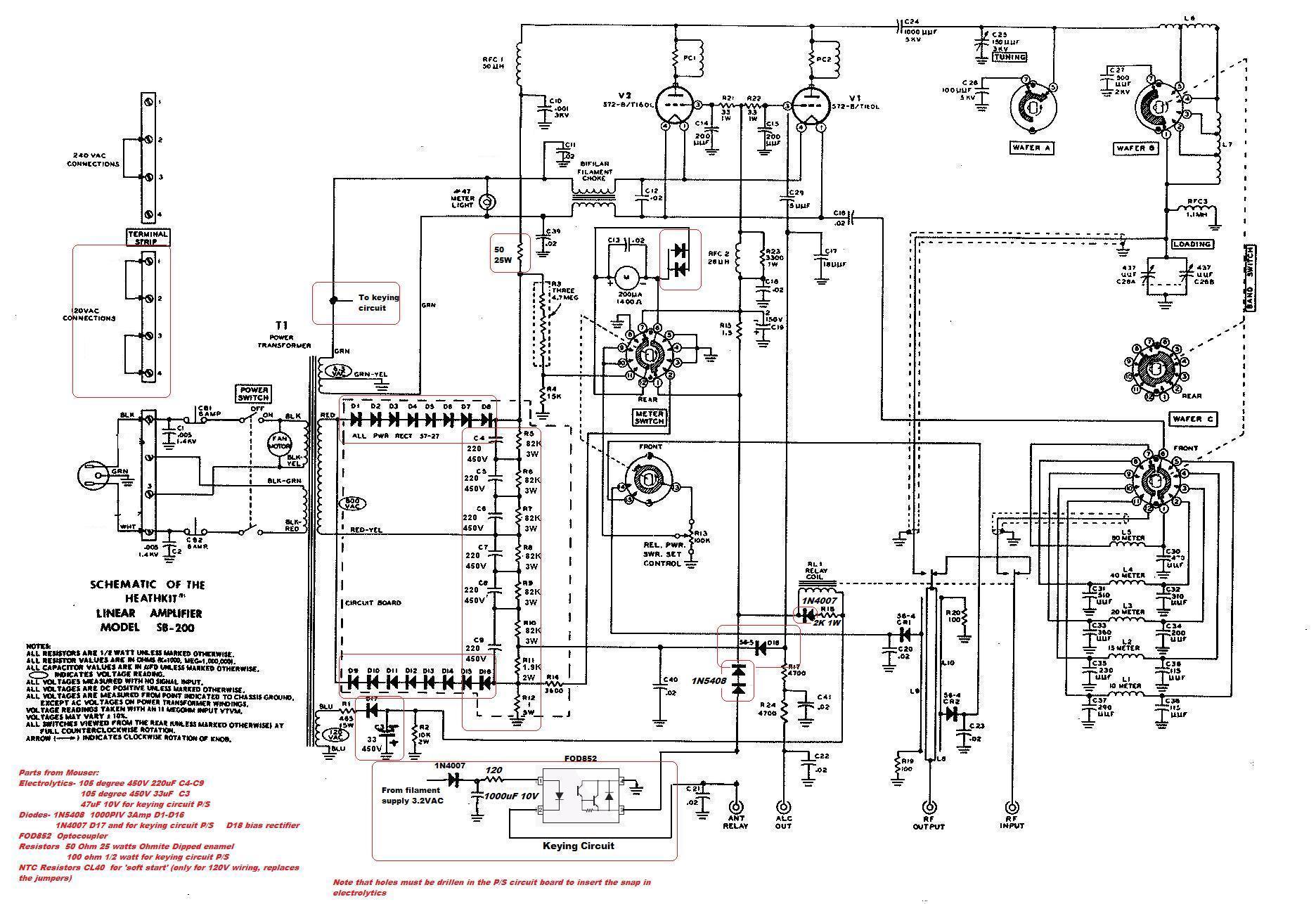
tda8920bth 200 watts d class amplifier circuit diagram
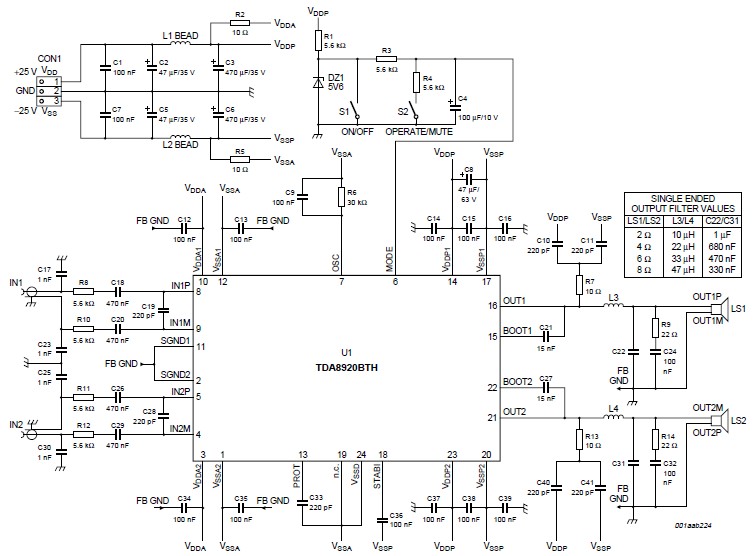
This high-power Class D audio amplifier electronic project utilizes the TDA8920BTH audio power amplifier integrated circuit (IC). This power amplifier IC is characterized by its high efficiency and low heat dissipation, delivering significant output power. The typical output power is 200 watts, configured as 2 x 100 watts. The TDA8920BTH Class D amplifier operates over a broad supply voltage range from ±12.5 V to ±30 V (with a non-operating limit of ±32 V) and features a very low quiescent current. The audio input signal for this 200-watt Class D amplifier is converted into a digital pulse-width modulated (PWM) signal through an analog input stage and PWM modulator. This digital PWM signal is then used to drive the output power transistors via a control and handshake block, along with driver circuits for both the high side and low side.
This Class D audio amplifier circuit is designed for high efficiency, making it suitable for applications where power conservation is critical. The TDA8920BTH IC operates by converting analog audio signals into digital PWM signals, which are then amplified to produce high output power. The efficiency of the amplifier is achieved through the use of pulse-width modulation, which allows the amplifier to operate with minimal heat generation, thereby reducing the need for extensive cooling solutions.
The circuit typically includes several key components: the TDA8920BTH IC itself, a power supply capable of providing the necessary voltage levels, input capacitors to filter the audio signals, and output inductors that help in smoothing the PWM output before it reaches the speakers. The control block is essential for ensuring that the PWM signals are properly synchronized and that the output transistors are driven in a manner that maximizes efficiency and minimizes distortion.
The design allows for versatility in deployment, as the amplifier can operate within a wide range of supply voltages, making it adaptable to various applications from home audio systems to professional sound reinforcement. The low quiescent current is particularly advantageous in battery-operated devices, extending battery life while still providing substantial audio output.
In summary, this high-power Class D audio amplifier project leverages the capabilities of the TDA8920BTH IC to deliver exceptional audio performance with high efficiency and low heat dissipation, making it an ideal choice for modern audio amplification needs.This high power class D audio amplifier electronic project is designed using the TDA8920BTH audio power amplifier IC. This power amplifier audio IC has a very high efficiency with very low dissipation, providing a very high output power.
The typical output power is 200 watts ( 2 x 100 W). The TDA8920BTH 200 watts d class amplifier operates over a wide supply voltage range from ±12. 5 V to ±30 V ( ±32 V non operating) and consumes a very low quiescent current. The audio input signal of this 200 watts d class amplifier is converted into a digital pulse width modulated signal via an analog input stage and Pulse Width Modulation (PWM) modulator. To enable the output power transistors to be driven, this digital PWM signal is applied to a control and handshake block and driver circuits for both the high side and low side.
🔗 External reference
This Class D audio amplifier circuit is designed for high efficiency, making it suitable for applications where power conservation is critical. The TDA8920BTH IC operates by converting analog audio signals into digital PWM signals, which are then amplified to produce high output power. The efficiency of the amplifier is achieved through the use of pulse-width modulation, which allows the amplifier to operate with minimal heat generation, thereby reducing the need for extensive cooling solutions.
The circuit typically includes several key components: the TDA8920BTH IC itself, a power supply capable of providing the necessary voltage levels, input capacitors to filter the audio signals, and output inductors that help in smoothing the PWM output before it reaches the speakers. The control block is essential for ensuring that the PWM signals are properly synchronized and that the output transistors are driven in a manner that maximizes efficiency and minimizes distortion.
The design allows for versatility in deployment, as the amplifier can operate within a wide range of supply voltages, making it adaptable to various applications from home audio systems to professional sound reinforcement. The low quiescent current is particularly advantageous in battery-operated devices, extending battery life while still providing substantial audio output.
In summary, this high-power Class D audio amplifier project leverages the capabilities of the TDA8920BTH IC to deliver exceptional audio performance with high efficiency and low heat dissipation, making it an ideal choice for modern audio amplification needs.This high power class D audio amplifier electronic project is designed using the TDA8920BTH audio power amplifier IC. This power amplifier audio IC has a very high efficiency with very low dissipation, providing a very high output power.
The typical output power is 200 watts ( 2 x 100 W). The TDA8920BTH 200 watts d class amplifier operates over a wide supply voltage range from ±12. 5 V to ±30 V ( ±32 V non operating) and consumes a very low quiescent current. The audio input signal of this 200 watts d class amplifier is converted into a digital pulse width modulated signal via an analog input stage and Pulse Width Modulation (PWM) modulator. To enable the output power transistors to be driven, this digital PWM signal is applied to a control and handshake block and driver circuits for both the high side and low side.
🔗 External reference
